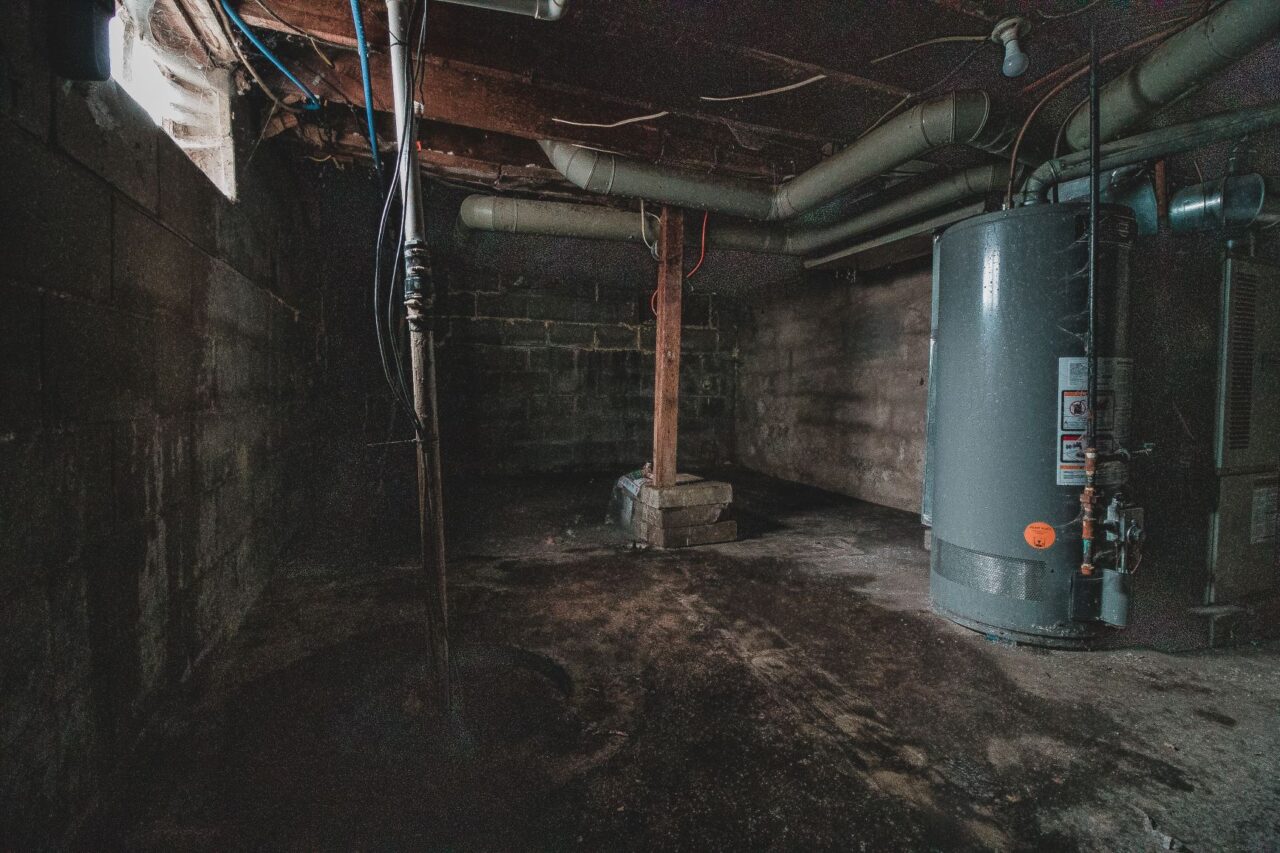Mold likes moisture and warmth, which makes basements a perfect petri dish for growing multiple types of mold. You may invest in a dehumidifier to keep the mold from growing, but if you have spores, you have risk. That is why it is important to understand that all basements but also unfinished basements collect mold and elevate your risk for respiratory illness.
Dry Surfaces Can Still Have Mold
You may be surprised to know that keeping your basement dry is not enough to prevent your mold risk. It is true that a dehumidifier may eliminate your mold problem, but all it actually does is make your mold hibernate, or become inactive. This means that while you relax thinking your mold problem is taken care of, your mold is still there waiting for moisture to wake it up. This makes dehumidifying your home helpful, but it does not eliminate the problem. Humidity levels are best kept below 50% to deactivate mold spores, and this may also keep other bugs from enjoying your below-grade living space.
Concrete is a Sponge
Concrete is not literally a sponge, but it does like moisture, and it will draw it from any source it can. Most flooring options are also porous, and when set atop concrete, they become conspirators in moisture-collection. In some cases of concrete mold growth, property owners may decide to tear it up and get it replaced with fresh concrete and then add protection on top. If you are planning on doing this yourself, you might want to utilize waste concrete disposal in your area so that you can get rid of it the right way without having to take it to the disposal site yourself.
Moisture attractions are what make unfinished basements more likely to harbor mold spores. Unfinished basements often become storage rooms and collectors of “stuff” we don’t want in our primary living spaces. This can mean boxes and bags set directly on concrete surfaces. These bags and permeable materials collect moisture from the concrete. These places also develop dust, which can contain “food” for mold to grow. If you don’t want this to happen, don’t set items being stored directly on unfinished concrete surfaces. If you have planned to leave the basement solely for storage purposes, it would be suggested that you take one more step to get it designed according to your requirements by searching “basement remodeling services near me“, so that the items don’t end up lying on the concrete, making a home for the mold.
Clean and Seal to Prevent Mold
Every basement has a different propensity for moisture depending on how it was sealed from the outside and the quality of your foundation compared to the height of your water table. Waterproofing a home from the outside can be necessary but is difficult, as soil must be removed from the foundation.
If you already have mold and aren’t going to invest in a big project like waterproofing from the exterior, there are some solutions that can keep your basement dryer.
Firstly, you have to clean the surfaces where mold is living. Then, seal it from the inside with cement sealers and concrete finishes that will keep your concrete surfaces from being so sponge-like. Then, keep that dehumidifier, so future mold spores will not be inclined to seek refuge in your basement.
